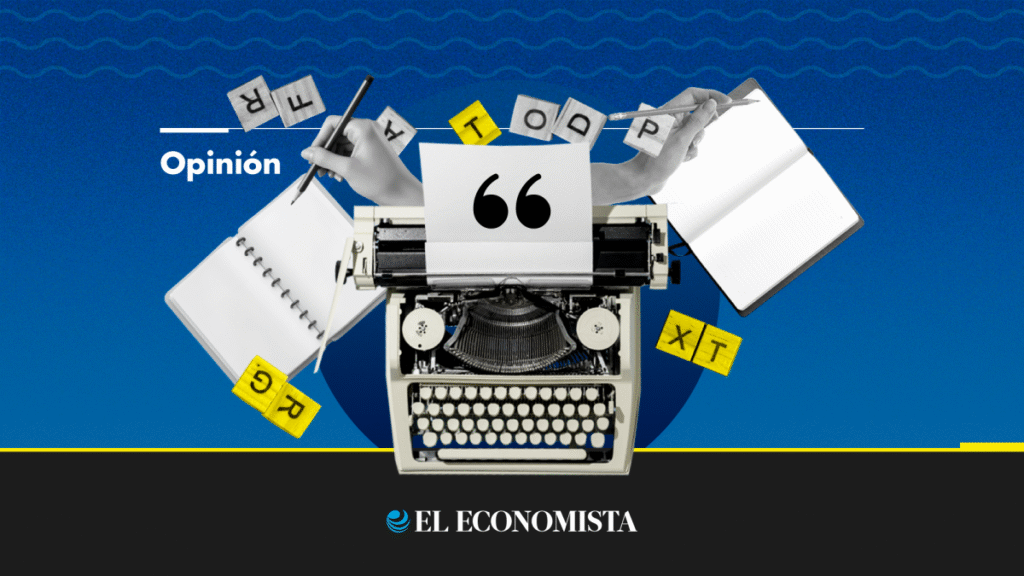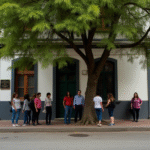Introduction to the Interoceanic Corridor of Tehuantepec (CIT)
Amidst global trade and geopolitical tensions, the Interoceanic Corridor of Tehuantepec (CIT) in southeastern Mexico has gained increasing attention following a successful pilot project by automaker Hyundai. This strategic region is undergoing a historic transformation, with the CIT attracting businesses and investors worldwide.
The Role of Polos de Desarrollo del Bienestar (Podebis)
The success of the CIT hinges not only on trains, ports, and highways but also on the balanced and sustained growth of Polos de Desarrollo del Bienestar (Podebis) along this route. These Podebis are integral to the Plan México, offering optimal conditions for businesses in the region or from other parts of the country or abroad to access CIT’s advantages for transporting their production.
Government Initiatives and Current Status
Starting in 2023, the Federal Government initiated the process of bidding these spaces for companies interested in developing necessary infrastructure and conditions for business relocation. Currently, 14 Podebis are located along the CIT, with eight having completed their bidding processes and being concessioned.
By the end of the year, winning companies will be announced to develop infrastructure in Podebis Tapachula I and II, located in the state of Chiapas and along Line “K” of the interoceanic train. Meanwhile, Podebis in Ciudad Ixtepec and San Blas Atempa remain up for bidding.
Existing Companies and Projects
Companies like PROISTMO Mexicana and Desarrolladora Multimodal del Istmo are already executing their work plans in the Podebis to create a business environment necessary for industry installation and boost the productive capabilities of the Tehuantepec Isthmus.
Coatzacoalcos I and II development poles anticipate the arrival of Mexican company Ursus Energy, which will build a liquefied gas plant backed by $450 million from the Banco Nacional de Comercio Exterior (Bancomext).
Incentives and Challenges
The entire interoceanic corridor is under a fiscal incentives program, including value-added tax (IVA), income tax (ISR), and accelerated depreciation of assets, along with other state taxes.
However, sustainable logistical development requires ensuring human and security climate development. Without strong, skilled communities directly benefiting from the infrastructure, there’s insufficient support.
Connections and Routes
Under the leadership of CIT’s General Director, Almirante Octavio Sánchez Guillén, the strategy focuses on connecting with Dos Bocas Refinery in Tabasco and developing the 472-kilometer Line “K” railway from Ciudad Ixtepec, Oaxaca to Ciudad Hidalgo, Chiapas.
The system also aims to connect with Guatemala’s border through the nation’s railway. In this year’s Federal Budget, the Tehuantepec Interoceanic Railway will receive 22,058 million pesos, primarily for the investment project to rehabilitate and improve Line “K” of the interoceanic train.
This federal investment will undoubtedly increase interest from companies participating in the bidding process for Podebis Tapachula I and II, strategically located along Line “K”.
Key Questions and Answers
- What is the Interoceanic Corridor of Tehuantepec (CIT)? It’s a strategic development project in southeastern Mexico, focusing on trains, ports, and highways to boost regional economic growth.
- What are Polos de Desarrollo del Bienestar (Podebis)? Podebis are development zones offering optimal conditions for businesses to leverage the CIT’s advantages for transporting their production.
- How many Podebis are currently along the CIT, and which ones have been concessioned? There are 14 Podebis along the CIT, with eight having completed bidding processes and being concessioned.
- What companies are actively working on Podebis projects? Companies like PROISTMO Mexicana and Desarrolladora Multimodal del Istmo are executing work plans in Podebis to create a business environment for industry installation.
- What are the fiscal incentives offered along the CIT? The CIT is under a fiscal incentives program, including value-added tax (IVA), income tax (ISR), and accelerated depreciation of assets, along with other state taxes.






